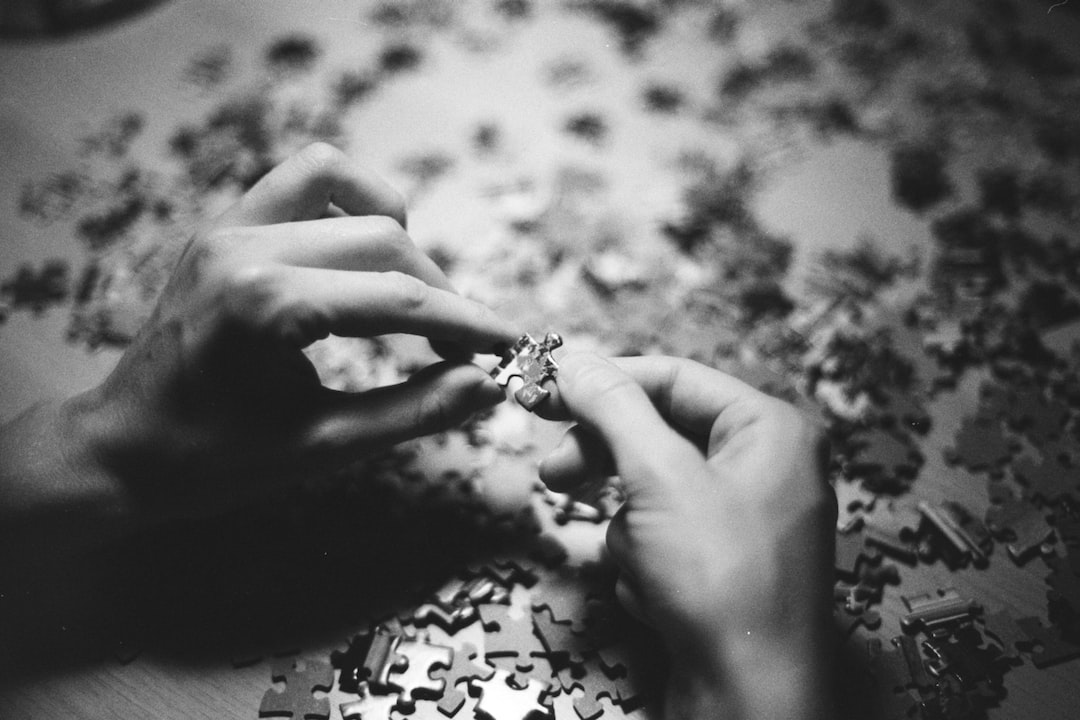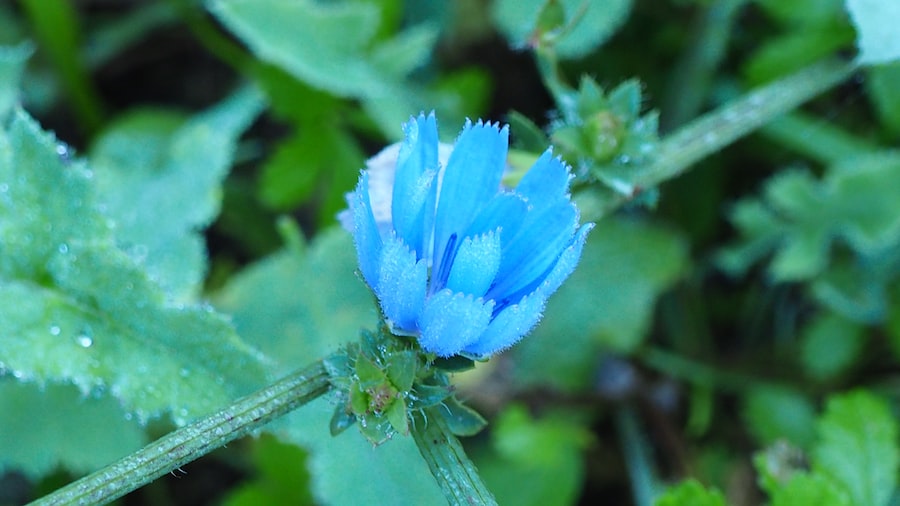Ready, Set, Rhubarb: How to Tell When Your Stalks are Ripe and Ready to Harvest

Rhubarb is a popular garden crop known for its tart and tangy flavor. It is often used in pies, jams, and other desserts. Many gardeners enjoy growing rhubarb because it is relatively easy to care for and provides a bountiful harvest. However, in order to ensure a successful harvest, it is important to understand the proper techniques for harvesting rhubarb.
Key Takeaways
- Rhubarb is a popular vegetable that is harvested for its stalks, which are used in a variety of dishes.
- The ideal time to harvest rhubarb is in the spring, when the stalks are firm and crisp.
- Signs of ripe rhubarb stalks include a bright red color and a thickness of at least one inch.
- Understanding rhubarb plant growth is important for successful harvesting, as the plant needs time to recover after each harvest.
- There are different types of rhubarb for harvesting, including green-stalked and red-stalked varieties.
The Ideal Time to Harvest Rhubarb
The best time to harvest rhubarb is in the spring, when the stalks are at their peak of flavor and tenderness. The exact timing can vary depending on your location and climate, but generally, rhubarb can be harvested from late April to early June. It is important to wait until the stalks are fully mature before harvesting, as immature stalks can be tough and stringy.
There are several factors that can affect the timing of rhubarb harvesting. One of the most important factors is temperature. Rhubarb plants require a period of cold weather in order to produce the best stalks. In areas with mild winters, this may not be an issue, but in colder climates, it is important to wait until the plant has had enough time to go through its dormant period before harvesting.
Signs of Ripe Rhubarb Stalks
Ripe rhubarb stalks have several physical characteristics that can help you determine if they are ready for harvesting. First, the stalks should be thick and firm. If they feel soft or mushy, they are not yet ripe and should be left on the plant to continue growing.
Another sign of ripe rhubarb stalks is their color. Mature stalks will be a deep red or pink color, depending on the variety. If the stalks are still green, they are not yet ripe and should be left on the plant.
Finally, the size of the stalks can also indicate their ripeness. Mature rhubarb stalks are typically around 1 inch in diameter. If the stalks are smaller than this, they are not yet fully mature and should be left to grow.
Understanding Rhubarb Plant Growth
| Metric | Value |
|---|---|
| Optimal Soil pH | 5.5-6.8 |
| Optimal Soil Temperature | 60-65°F |
| Optimal Air Temperature | 75-80°F |
| Optimal Humidity | 40-60% |
| Days to Germination | 14-21 |
| Days to Maturity | 365-400 |
| Spacing | 3-4 feet apart |
| Watering | 1-2 inches per week |
| Fertilizer | 10-10-10 NPK ratio |
In order to properly harvest rhubarb, it is important to understand the growth cycle of the plant. Rhubarb is a perennial plant, which means that it will continue to grow and produce stalks year after year. However, it is important to give the plant time to recover between harvests.
Rhubarb plants typically go through three stages of growth: dormancy, early growth, and maturity. During the dormant stage, which occurs in the winter months, the plant is not actively growing and should not be harvested. This period of dormancy is necessary for the plant to store energy and prepare for the next growing season.
Once the plant emerges from dormancy and begins to grow in the spring, it enters the early growth stage. This is when the plant produces new leaves and stalks. It is important to allow the plant to reach full maturity before harvesting any stalks. This usually takes about 2-3 months from the time the plant emerges from dormancy.
Different Types of Rhubarb for Harvesting
There are several different varieties of rhubarb available, each with its own unique characteristics. The most common types of rhubarb are red and green varieties. Red rhubarb is known for its vibrant color and slightly sweeter flavor, while green rhubarb has a more tart taste.
When choosing a type of rhubarb for your garden, it is important to consider your personal preferences as well as your climate and growing conditions. Some varieties may be better suited to certain climates or soil types, so it is important to do some research before making a decision.
How to Harvest Rhubarb Without Damaging the Plant

Harvesting rhubarb is a relatively simple process, but it is important to do it correctly in order to avoid damaging the plant. Here is a step-by-step guide to harvesting rhubarb:
1. Wait until the stalks are fully mature and have reached a diameter of at least 1 inch.
2. Grasp the stalk near the base and gently pull it away from the plant. The stalk should come away easily, without the need for cutting.
3. If the stalk does not come away easily, use a sharp knife or garden shears to cut it off at the base. Be careful not to damage any surrounding stalks or leaves.
4. Once you have harvested all of the mature stalks, remove any leaves or debris from the plant and discard them.
5. Store the harvested stalks in a cool, dark place until you are ready to use them.
Tips for Harvesting Rhubarb in Large Quantities
If you have a large rhubarb patch and need to harvest a large quantity of stalks, there are several strategies you can use to make the process more efficient. Here are some tips for harvesting rhubarb in large quantities:
1. Use a sharp knife or garden shears to cut the stalks off at the base, rather than pulling them away from the plant. This will allow you to harvest more stalks in less time.
2. Work in sections, harvesting one area of the patch at a time. This will help you keep track of which stalks have been harvested and which ones still need more time to grow.
3. If you have a lot of rhubarb to harvest, consider enlisting the help of friends or family members. This will make the process go much faster and ensure that no stalks go to waste.
Storing Rhubarb After Harvesting
After harvesting rhubarb, it is important to store it properly in order to keep it fresh and flavorful for as long as possible. Here are some best practices for storing rhubarb:
1. Remove any leaves or debris from the stalks and discard them.
2. Rinse the stalks under cold water to remove any dirt or residue.
3. Pat the stalks dry with a clean towel.
4. Wrap the stalks in a damp paper towel and place them in a plastic bag or container.
5. Store the rhubarb in the refrigerator for up to two weeks.
Common Mistakes to Avoid During Rhubarb Harvesting
While harvesting rhubarb is a relatively simple process, there are some common mistakes that can be easily avoided. Here are some mistakes to watch out for:
1. Harvesting immature stalks: It is important to wait until the stalks are fully mature before harvesting. Immature stalks can be tough and stringy, and will not have the same flavor as fully mature stalks.
2. Damaging the plant: When harvesting rhubarb, it is important to be gentle and avoid damaging the plant. Pulling on the stalks too forcefully can cause damage to the plant and reduce its ability to produce future harvests.
3. Harvesting too frequently: Rhubarb plants need time to recover between harvests, so it is important to give them a break. Harvesting too frequently can weaken the plant and reduce its overall productivity.
Enjoying the Fruits of Your Rhubarb Harvest
Harvesting rhubarb can be a rewarding experience, especially when done correctly. By understanding the ideal time to harvest, signs of ripe stalks, and proper techniques for harvesting without damaging the plant, you can ensure a bountiful harvest of delicious rhubarb.
Once you have harvested your rhubarb, the possibilities for using and enjoying it are endless. Rhubarb can be used in pies, jams, sauces, and even savory dishes. Its tart and tangy flavor adds a unique twist to any recipe.
So go ahead and plant some rhubarb in your garden this year. With the right techniques and a little bit of patience, you can enjoy a plentiful harvest of this versatile and delicious crop.



